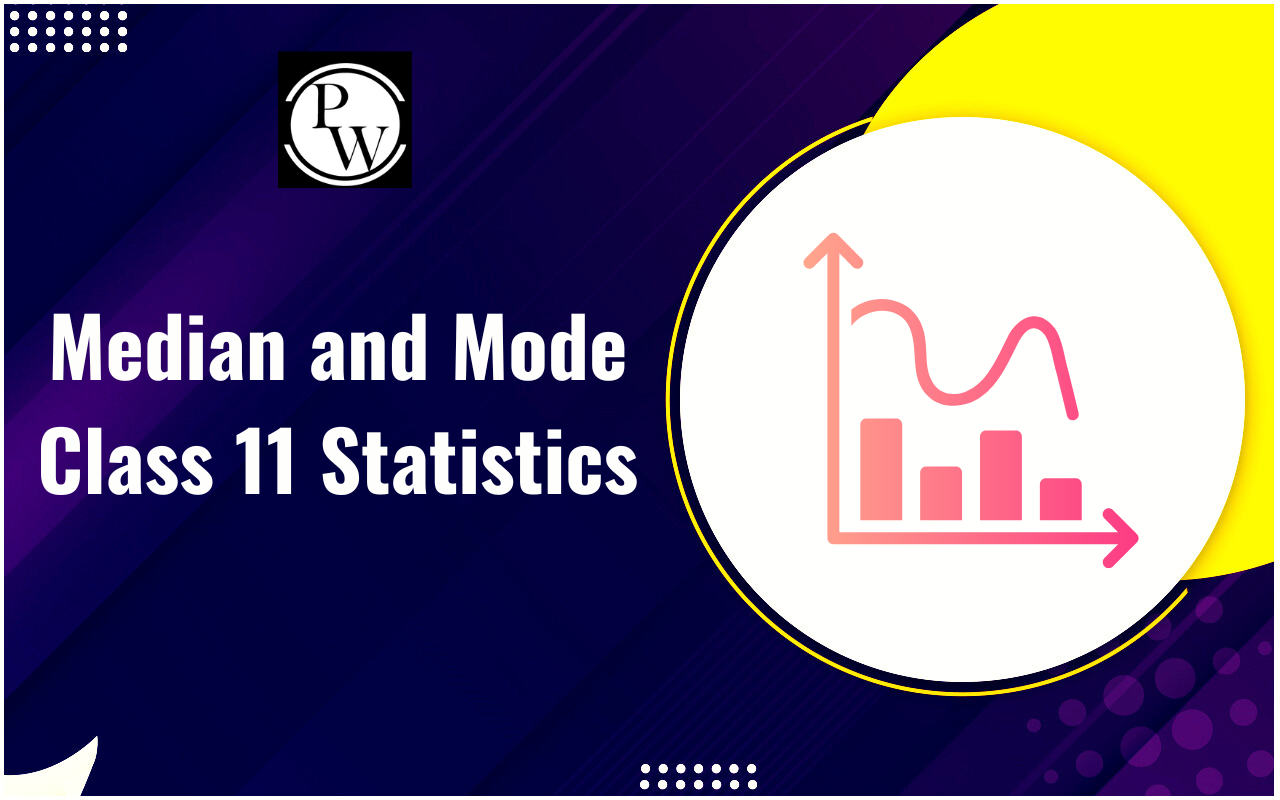
Issue of Debentures is a very common practice to raise funds, considered one of the most difficult jobs a business has in its early stages. Though various options are available, including Angel Investors, Bank Loans, Venture cash, and Personal Investment, acquiring cash via a public debt issuance is considered the best option for a new firm. Debentures are long-term financial securities used by businesses of all sizes to borrow money at a set interest rate. This sort of interest is known as debenture interest, and the individual who owns debentures is known as a debenture holder.
What is a Debenture?
A debenture can be defined as a type of financial instrument utilized by companies to raise capital. It represents a long-term debt obligation issued by a corporation or government entity to individuals or institutional investors. Essentially, when a company issues debentures, it borrows funds from investors in exchange for a promise to repay the principal amount at a specified maturity date, along with periodic interest payments.
Terms of Issue of Debentures Accounting Treatment
Debentures' issuance and redemption terms encompass a range of scenarios that commonly arise in practice. These scenarios reflect how debentures are issued and subsequently repaid. The following six situations exemplify these scenarios:
Issued at Par and Redeemable at Par: In this case, debentures are offered at their face value, and upon maturity, they are redeemed at the same face value.
- Initial journal entries:
Debit: Bank Account
Credit: Debenture Application & Allotment Account (to record application money)
- Subsequent entries:
Debit: Debenture Application & Allotment Account
Credit: Debentures Account (for debenture allotment)
Issued at a Discount and Redeemable at Par: Here, debentures are initially sold at a price below their face value. However, upon redemption, they are repaid at their full face value.
- Initial journal entries:
Debit: Bank Account
Credit: Debenture Application & Allotment Account (to account for application money)
- Subsequent entries:
Debit: Debenture Application & Allotment Account
Debit: Discount on Issue of Debentures Account
Credit: Debentures Account (for allotment at a discount)
Issued at a Premium and Redeemable at Par: In this instance, debentures are issued at a price higher than their face value, but upon maturity, they are redeemed at face value.
- Initial journal entries:
Debit: Bank Account
Credit: Debenture Application & Allotment Account (for application funds)
- Subsequent entries:
Debit: Debenture Application & Allotment Account
Credit: Debentures Account (for debenture allotment)
Credit: Securities Premium Account (for the premium on debenture issue)
Issued at Par and Redeemable at a Premium: Debentures are issued at their face value, but upon redemption, they are repaid at a value higher than the face value.
- Initial journal entries:
Debit: Bank Account
Credit: Debenture Application & Allotment Account (for application money)
- Subsequent entries:
Debit: Debenture Application & Allotment Account
Debit: Loss on Issue of Debentures Account (reflecting premium on redemption)
Credit: Debentures Account (for nominal debenture value)
Credit: Premium on Redemption of Debenture Account (for the premium on redemption
Issued at a Discount and Redeemable at a Premium: Here, debentures are issued at a price lower than the face value, and upon maturity, they are redeemed at a value exceeding the face value.
- Initial journal entries:
Debit: Bank Account
Credit: Debenture Application & Allotment Account (to acknowledge application funds)
- Subsequent entries:
Debit: Debenture Application & Allotment Account
Debit: Loss on Issue of Debentures Account (combining the discount on issue and premium on redemption)
Credit: Debentures Account (for nominal debenture value)
Credit: Premium on Redemption of Debentures Account (for the premium on redemption)
Issued at a Premium and Redeemable at a Premium: In this case, debentures are sold at a price above their face value, and upon redemption, they are repaid at a value higher than the face value.
- Initial journal entries:
Debit: Bank Account
Credit: Debenture Application & Allotment Account (to capture application funds)
- Subsequent entries:
Debit: Debenture Application & Allotment Account
Debit: Loss on Issue of Debentures Account (considering the premium on redemption)
Credit: Debentures Account (for nominal debenture value)
Credit: Securities Premium Account (for premium on issue)
Credit: Premium on Redemption of Debentures Account (for premium on redemption)
Forms of Issue of Debentures
Issuing debentures can take several forms or methods, which are avenues through which companies raise funds from investors. These forms include:
Public Issue: Companies make a general offer to the public to subscribe to their debentures.
Private Placement: Debentures are offered to a specific group of investors, such as financial institutions or a select number of individuals.
Rights Issue: Existing shareholders can subscribe to new debentures in proportion to their current holdings.
Convertible Debentures: Debentures can be converted into equity shares after a specified period.
Non-Convertible Debentures: Debentures that cannot be converted into equity shares and are repaid as per the agreed terms.
Secured Debentures: Backed by specific company assets, providing debenture holders an added layer of security.
Unsecured Debentures: Not backed by specific assets, relying on the company's general creditworthiness.
Callable Debentures: The company reserves the right to repay these debentures before maturity.
Perpetual Debentures: These debentures do not have a fixed maturity date and pay interest indefinitely.
Floating Rate Debentures: The interest rate on these debentures changes with fluctuations in a specified benchmark interest rate.
Methods of Issue of Debentures
Debentures can be issued through various methods involving distinct considerations and mechanisms. The issuance of debentures occurs in the following ways:
Issuance by Cash Payment:
Debentures are issued to investors in exchange for monetary funds. This straightforward method involves receiving cash from investors, and in return, the company provides debentures that outline the terms of borrowing and repayment.
Issue of Debenture for Consideration Other Than Cash:
In this approach, debentures are issued for money and other valuable items or assets. This could involve providing goods, services, or any non-monetary consideration during the debenture issuance.
Issuance by Collateral Security:
Companies can secure debenture issuance by offering collateral. If the company fails to meet its repayment obligations, the debenture holders have a claim on the specified collateral assets to recover their investment. Collateral could be real estate, machinery, or any valuable asset the company owns.
Debentures Vs shares
Both debentures and shares serve as means through which individuals can invest in a company, but they differ in terms of ownership, returns, risk, and other characteristics. The following table outlines the key differences between debentures and shares:
| Aspect | Debentures | Shares |
| Ownership | Debenture holders are creditors of the company. | Shareholders are partial owners of the company. |
| Returns | Debenture holders receive fixed interest payments. | Shareholders receive dividends based on company profit. |
| Risk | Debentures are lower risk, as repayment is fixed. | Shares involve higher risk due to fluctuating values. |
| Voting Rights | Debenture holders usually do not have voting rights. | Shareholders often have voting rights in company matters. |
| Priority in Payments | Debenture holders have priority in repayment. | Shareholders' dividends are paid after other obligations. |
| Conversion | Some debentures can be converted into shares. | Shares represent direct ownership in the company. |
| Ownership Transferability | Debentures typically offer an easier transfer of ownership. | Shares can be bought or sold in stock markets. |
Also Read:
Issue of Debentures FAQs
How are debentures different from shares?
How are debentures repaid?
What are callable debentures?
What is a debenture redemption reserve?
How do debentures differ from bonds?










